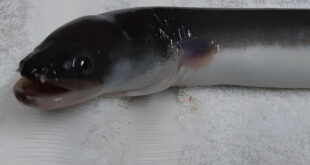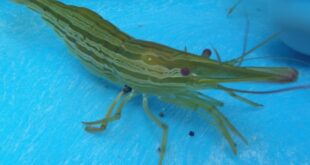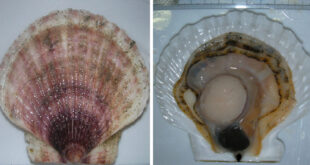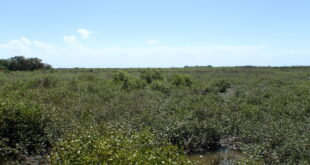By Development Communication Section

Dr. Shinichi Yokoyama, Japan’s Parliamentary Secretary of Ministry of Agriculture Forestry and Fisheries, together with Japanese Fisheries Agency officers visited AQD in Iloilo, Philippines on 28 June 2014 to get acquainted with the current research projects of the Department. Dr. Yokoyama and party had a short tour at AQD’s mud crab and milkfish ponds in Dumangas Brackishwater Station. They also visited AQD’s hatchery facilities on mud crab, abalone, milkfish and seaweeds in Tigbauan Main Station.
The group also met with fisherfolk from Tigbauan and seaweed farmers from Guimaras (who are AQD’s partners in its seaweed project which received funding from the Government of Japan Trust Fund) to discuss about the fisherfolk’s livelihood and how aquaculture, particularly seaweeds farming has improved their way of life. During the meeting, AQD Socioeconomics Section head Dr. Nerissa Salayo, also presented AQD’s activities with the fishing communities.
Through this visit, Dr. Yokoyama was able to understand the problems and concerns of the fisherfolk in the Philippines. Furthermore, he appreciated AQD for utilizing the fund from the Japanese government to help Filipino fisherfolk by disseminating aquaculture technologies it has developed. Dr. Yokoyama also mentioned that the Japanese government increased its funds for SEAFDEC to widen its reach to fishing communities.

Tigbauan Main Station to SEAFDEC Secretariat technical coordinator Mr. Tsuyoshi Iwata (2nd from left), Ms. Hiromi Adachi, and Dr. Yokoyama (rightmost)




 SEAFDEC/AQD Southeast Asian Fisheries Development Center | Aquaculture Department
SEAFDEC/AQD Southeast Asian Fisheries Development Center | Aquaculture Department



